a lesson from the little drummer boy
His name was Jewett Curtis, a Vermont boy born in 1847.
When he was fourteen, he enlisted as a drummer with a New York infantry regiment.
The next year, on July 1, 1863, Jewett was one of 309 members of his unit to try, but fail, to hold the Union line on Oak Ridge, during the battle at Gettysburg.
By 4:00 that afternoon, his unit had lost more than half its men and was forced to retreat to defensible positions on Cemetery Ridge.
It was awful.
Jewett got injured.
He received treatment at Camp Letterman, a large hospital set up next to the battlefield.
There, Jewett convalesced alongside more than 21,000 men from both sides of the fight.
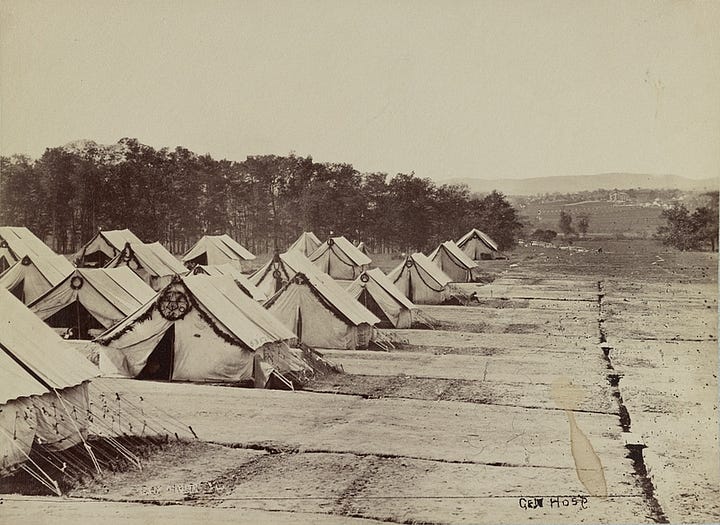
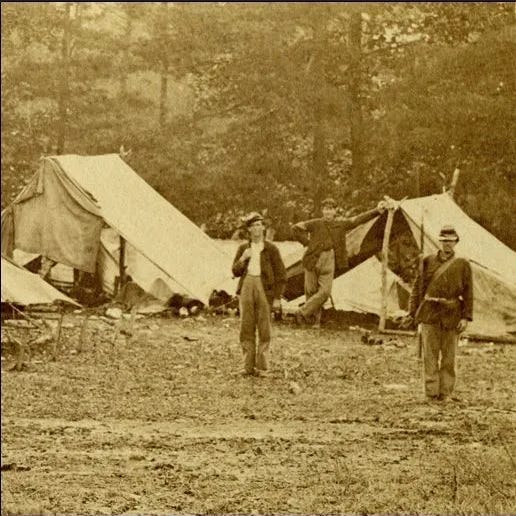
Jewett recovered and returned to his unit.
And he traveled with them as they took part in the major battles of the Eastern theater of the Civil War.
He was there during the lengthy Siege of Petersburg, from the Summer of 1864 until early Spring 1865, and was discharged from service near the end of the siege.
Five years later, Jewett re-enlisted in the Army and he made a career of it, traveling west as the Army followed white settlers onto lands of Native Americans.
A letter found among his things says that he took part in battles against the Sioux and Lakota tribes in 1877.
He fought against the Nez Perce tribe later that same year.
Later, military postings took Jewett further west, including a posting at Scagway, Alaska, in the 1880s, a lawless place on the route to the Klondike gold fields.
His records show that he spent two more periods in military hospitals.
And, somewhere along the way, Jewett took up textile art.
He made this beautiful bed covering which is now held in the Smithsonian.
It is a pieced blanket made from 7/8th inch wool diamonds and is said to contain 400,000 stitches.1
The top of the blanket shows the date Jewett started the project — 1889 — and the bottom shows the date he finished it: 1893.
Textile arts as therapy for trauma has a long history, going back hundreds of years.
During Jewett’s time in the service, needlework was also encouraged as a way to relieve boredom during lonely postings.
Today, textile arts are offered to veterans as a treatment for PTSD.
The repetition and structure imposed by creating a pattern are said to be calming, and the visible progress that comes from each day’s efforts can repair damaged self-esteem.
Handcrafts suffer from the perception that they are ‘women’s work.’
So, you don’t often hear of men bringing out their embroidered dish towels or handmade quilts to show off to company.
That’s a shame.
Women long ago figured out what to do with bored hands in times of stress.
So, go pick up a needle and thread.
Jewett would tell you it’s good for the soul.
******************************
I’ll see you tomorrow.
— Brenda
Piecing: the act of assembling and stitching pieces of fabric together, by hand or machine, to make a quilt block.





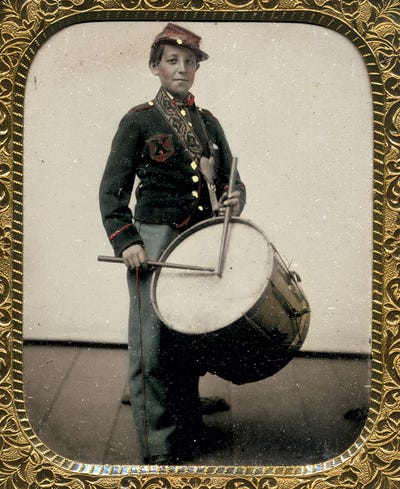
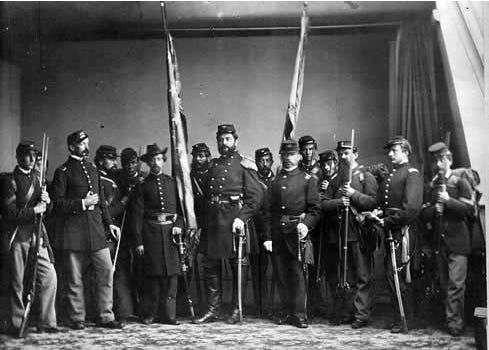
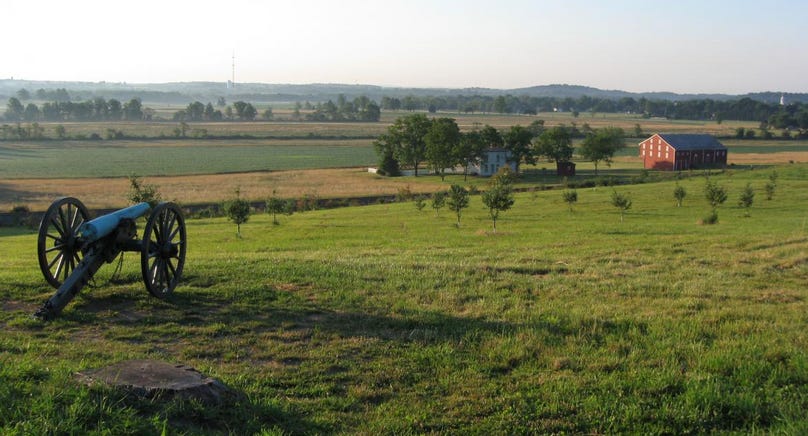
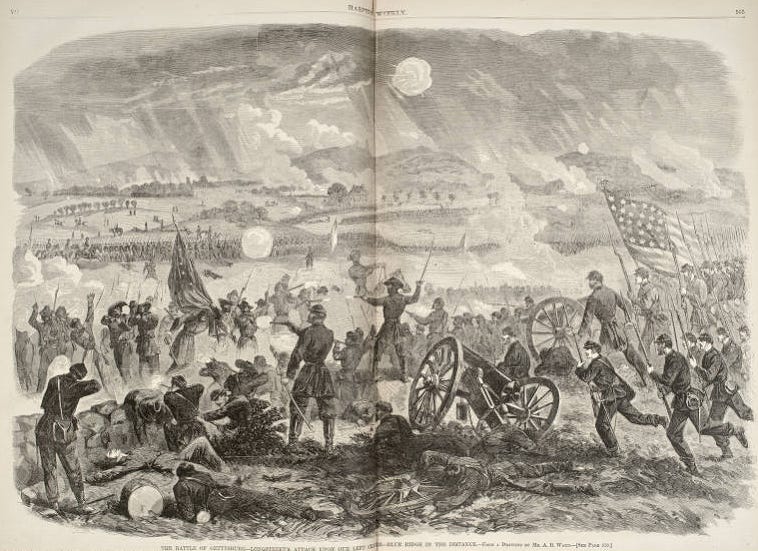
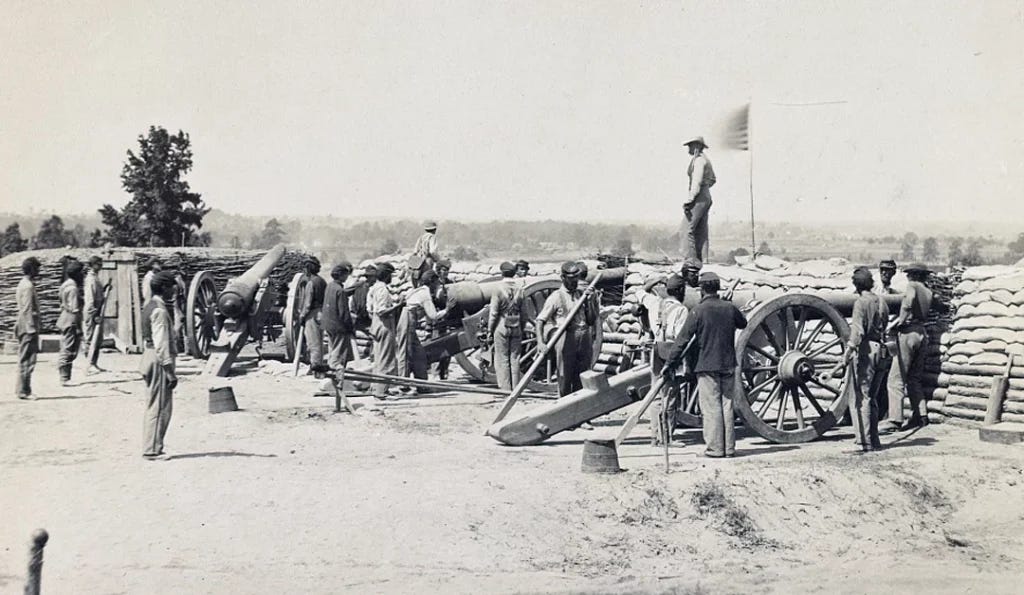

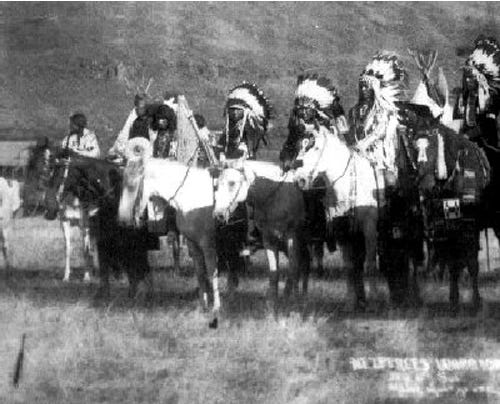
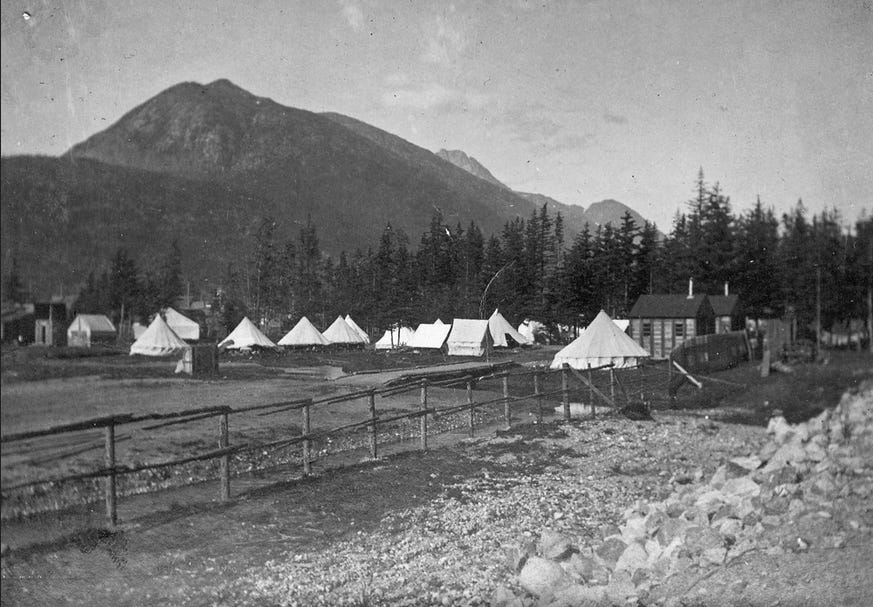
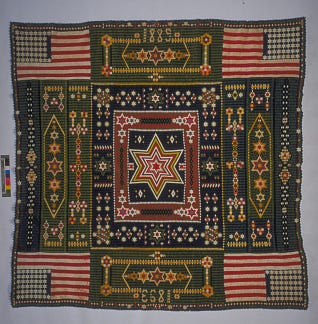
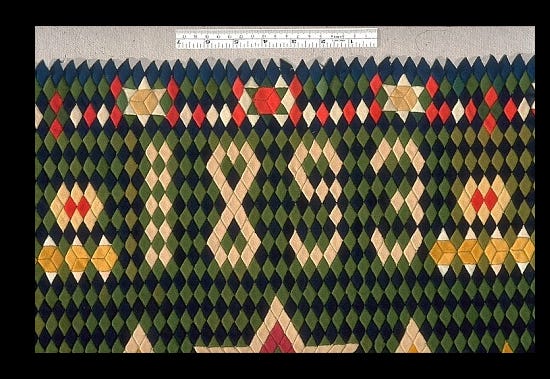
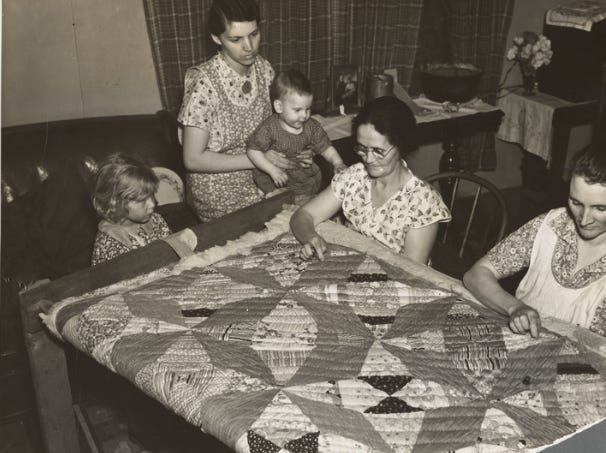
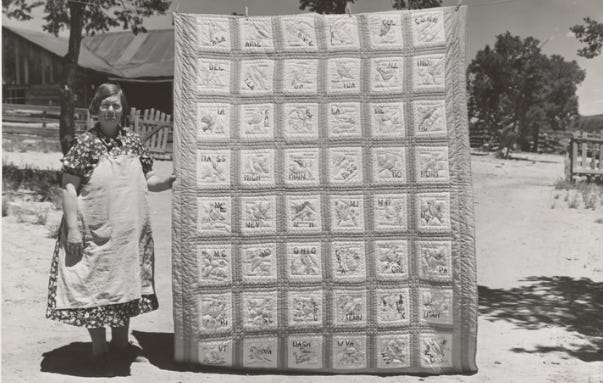









Share this post